How To Manage A Multi-Generational Workforce – Understanding Generations In The Workforce
With Generation Z just starting to breach the workforce, our offices are now hosting four generations. The baby boomers (1946 – 1964), Generation X (1961 – 1981), the millennials (1981-1996) and Gen Z (late 90’s to early 2000’s). Each generation has different values, different interests and different strengths – especially in the workplace. However, this can present a unique challenge:
How do you manage multiple generations in one office?
The Oxford English Dictionary defines stereotype as “a widely held but fixed and oversimplified image or idea of a particular type of person or thing.” When talking about different generations in this post, we have used a lot of stereotypes. Use them as inspiration, but don’t take them as law.
The Issue: Generational Tension
One of the largest problems your office is going to face when hosting four or five generations under the same roof is generational tension. Generational tension is loosely defined as a lack of respect for someone who’s of a different generation from you. Typical examples of this may be:
“These millennials have no work ethic!”
“Baby boomers are stubborn and outdated!”
Tension can come from conflicting values and experience. Each generation will have different perspectives and so can interpret each other negatively. If you’re from a generation that highly values a strong work ethic, the generation that refuses to work any longer than their contracted hours and wants loads of vacation time seem lazy. However, if you’re from a generation that cares about having a healthy work/life balance, the generation that thinks you should stay late and be willing to work weekends seems stodgy and demanding.
Needless to say, this friction is not something you want appearing in your office.
The Difference Between Age Gap and Generation Gap and Why It’s Important
It’s important to distinguish between age differences and generation differences.
Generations, as they are commonly understood nowadays, are social generations. Social generations are defined as cohorts of people born in the same date range and who share similar cultural experiences.
The importance in this definition is the shared cultural experiences. Each generation lives through different periods of history and develops their values from said events.
For example:
“Generation X” were born in a time where they were seeing their parents being laid off and jobs being cut, as well as being the first generation to be told they wouldn’t do as financially well as their parents. These experiences are said to have made them self-reliant and disloyal to organisations.
Each generations’ experiences are different to those that came before and after them. This results in different values and outlooks on life, which is where the different generations can then clash.
How to manage multiple generations in the office
Disregard Stereotypes
There is a wealth of information available online about different generations and their various traits. The first thing you should do when managing multiple generations in the workplace is disregard those stereotypes. Half of them are likely wrong anyway.
Don’t assume all your older workers are technologically illiterate. Don’t assume all your younger ones are lazy.
Treat all of your employees like individuals
Painting your employees with the same brush is a quick way to make that age gap more pronounced – and to upset your employees.
There may be some truth in certain generational traits. However, it’s important to remember that stereotypes are never entirely accurate. It’s perfectly reasonable to take generational needs into account when making decisions, but make sure that you aren’t treating people differently based off of them.
Besides, if you start to stereotype generations in the workplace – what stops employees from stereotyping each other?
Understand what each generation wants and needs
Due to growing up in different times, with different events and concerns, each generation tends to have different values. They also have different working requirements and expectations. This isn’t to say that an individual employee may not go against what their generation is touted to value, but that it can definitely help you when accommodating different age groups.
Understanding where your employees’ wants and needs stem from can help you form a more complete and tolerant understanding of them. As an example, a word often used to describe millennials are “entitled”, “self-obsessed” and “lazy”. An alternative interpretation, however, is that millennials are really more focused on having the work/life balance their parents didn’t have.
Think about how different those two perspectives are. As a manager, having a lazy, difficult employee is far different to having an employee who wants to be home to feed their children.
This works for all generations. With a little understanding, most negative stereotypes have no purchase.
Most employees you hire are not going to be intrinsically disagreeable. If you can understand their perspective and what drives them, you’ll be able to resolve conflict more efficiently.
Understand each generation’s strengths – and weaknesses
One of the biggest benefits to having such a diverse workforce is the variety of skills and life experience your office is home to. Certain generations will have skills that others don’t and other generations will have experience that others don’t. If you can understand each generation, you can utilise your entire workforce to create a complete solution.
A noteworthy idea that some businesses encourage is for employees with generational gaps to mentor and learn skills from one another. This helps to bridge skills, improve employee bonds and lessen generational tension.
Support each generation
Another way to ensure your office runs smoothly is to support employees while they work for you. This isn’t to say that you need to give employees special treatment. Sometimes simple acknowledgement is enough. Understanding that certain tasks may be easier or harder; working styles could differ; benefits for one person may not be the same for another.
These are just a few ways that you can ensure that your office is ready to be hosting five different generations as smoothly as possible.
*Image credit: https://careeremployer.com/








